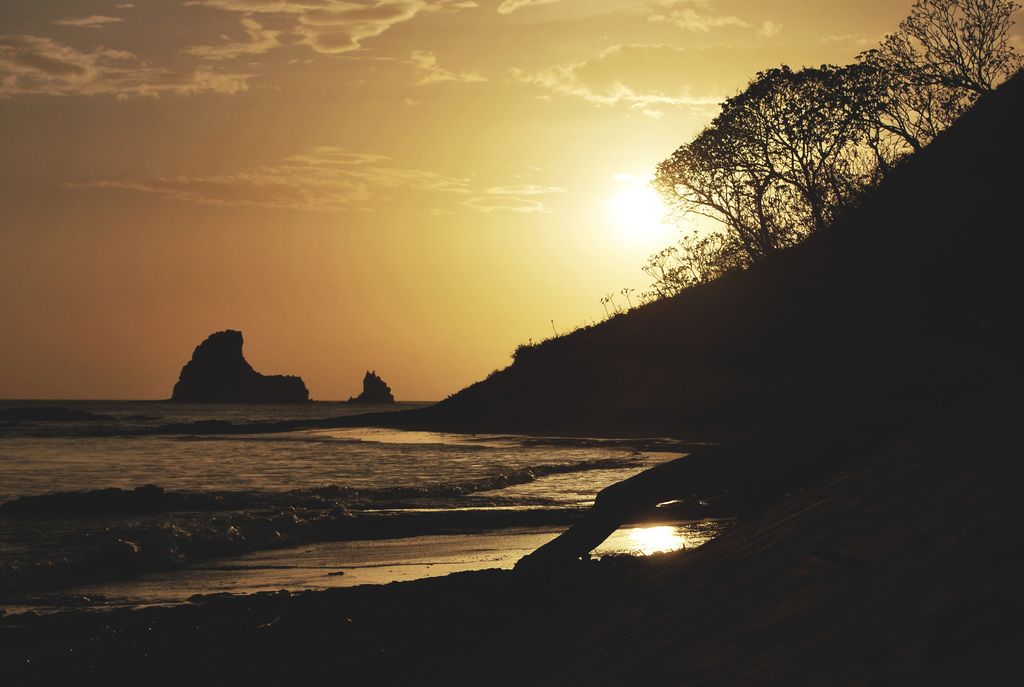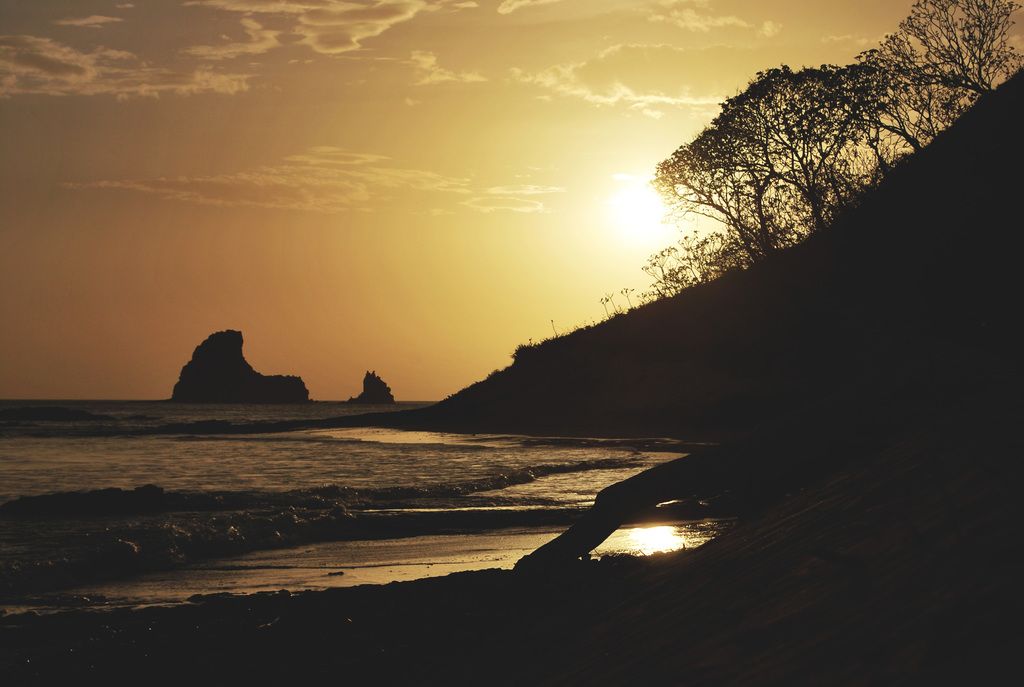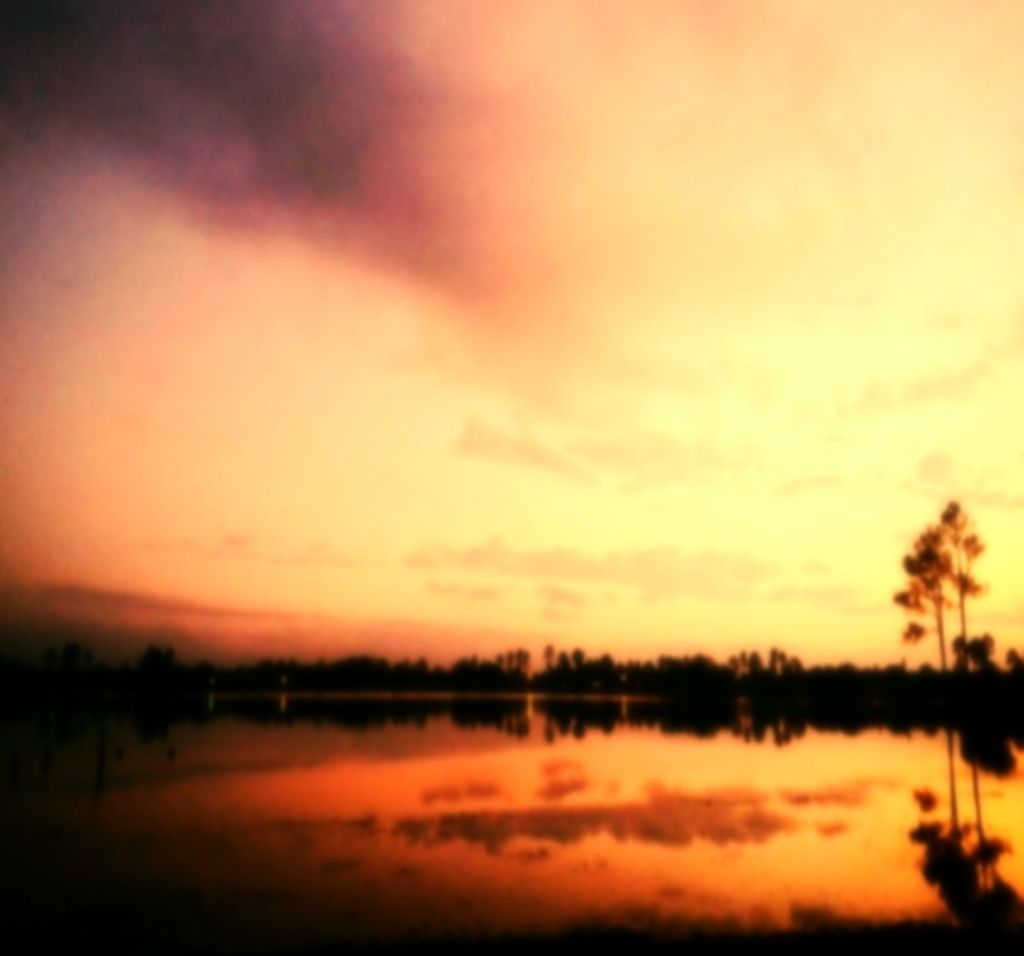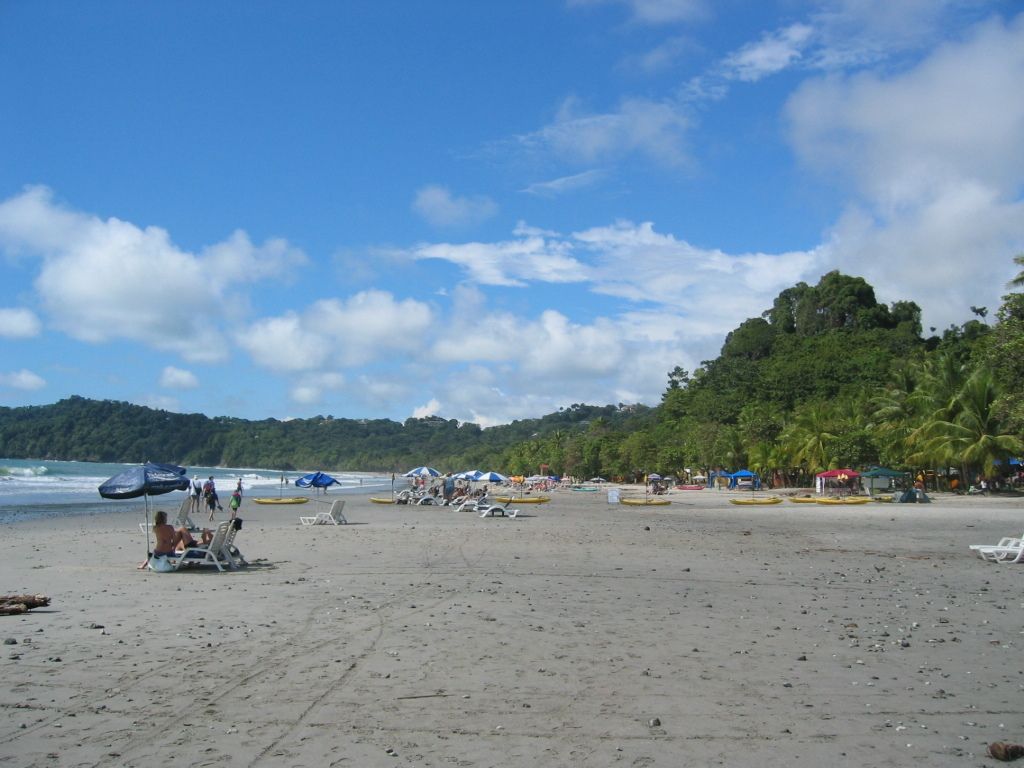Unveiling the Cultural Tapestry of North Africa: A Journey Through Morocco, Algeria, and Tunisia
Exploring the Vibrant Cultural Landscapes of North Africa
Kick back and join us as we dive into the rich, diverse cultures of Morocco, Algeria, and Tunisia – three North African nations jam-packed with unique traditions, arts, and history.
Morocco: A Tapestry of Berber, Arab, and European Influences
Settle in and get comfy, because we're buzzing off to Morocco, where the past and present seamlessly blend. This country's culture is a spellbinding mix of Berber, Arab, and European influences, resulting in a kaleidoscope of color and flavor.
A Brief History and Language Lesson
Did you know that Morocco's history is like a treasure trove, filled with gems from the Berbers, Romans, Arabs, and the French? This history is crystal-clear in the country's two official languages: Arabic and Amazigh (Berber), with French also playing a significant role as a legacy from past colonial days.
Savor the Flavors
Moroccan cuisine is the stuff of dreams – aintoxic mix of spices like cumin, coriander, saffron, and cinnamon that's guaranteed to tantalize your taste buds. Iconic dishes you simply can’t miss include couscous, tagine, and pastilla.
The Sound of Music & Dance
Music and dance are Morocco’s heartbeats, deeply embedded in its vibrant soul. From the enchanting, melancholic melodies of Andalusian classical music to the energetic, lively movements of Berber dances – Morocco's musical tapestry is as diverse as it is breathtaking.
Crafts and Architecture
Moroccan craftsmanship is world-renowned, boasting pottery, leather goods, and intricate textiles that are the envy of art lovers everywhere. Its architecture, decorated with intricate tile work, carved wood, and ornate plaster, reaches its peak in the country's mosques and palaces.
Algeria: A Fusion of Arab, Berber, and French Elements
Algeria, the largest African country by area, is a land laced with stark contrasts and a cultural blend as diverse as its terrain. Its people and culture are a dynamic fusion of Arab, Berber, and French elements, each contributing to a rich, fascinating whole.
A Walk Down Memory Lane
Algeria's history is a winding path through ancient Berber kingdoms, Roman rule, Arab conquests, Ottoman influence, and French colonization. This intricate history shines through in the country's two official languages: Arabic and Amazigh, as well as the widespread use of French in media and education.
Tempt Your Taste Buds
Algerian cuisine is a mouthwatering symphony of flavors that merges Berber, Arabic, Turkish, and French culinary traditions. Staple dishes like couscous, shakshuka, and harira are must-tries, often enjoyed with a steaming cup of mint tea, the national drink.
The Sound of Algeria
The country's music is as diverse as its history, with genres ranging from traditional RaiClickListener here for more on Rai! to Andalusian classical music. Rai, a popular genre born in Oran, is known for its candid lyrics and modern beats, while Andalusian music presents a more traditional, melancholic vibe.
The Arts and Handicrafts
Algeria's art scene is vivid and thriving, with a history stemming from prehistoric cave paintings to contemporary art inspired by French and Arab influences. The country is famous for its handicrafts, including pottery, metalwork, and carpet weaving, each hand-crafted with skill and passion.
Tunisia: A Mediterranean Crossroads
Tunisia, the smallest North African nation, is like a vibrant melting pot, a swirl of cultures influenced by its Berber, Arab, European, and Jewish heritage.
The Past, the Present, and Everything in Between
Tunisia's complex history includes the influence of Phoenician, Roman, Arab, Turkish, and French civilizations. Arabic is its official language, with French also commonly spoken, along with the Berber dialect in certain regions.
Taste the Tunisian Flavor
Tunisian cuisine is bursting with bold flavors and aromatic spices, with distinctive dishes like couscous, brik, and lablabi capturing the country's culinary soul. Be sure to try harissa, the fiery chili paste that's a staple in Tunisian kitchens.
The Music and Dance of Tunisia
Tunisia's music and dance blend Arabic, Berber, and Mediterranean influences. You'll find the darbouka, a type of drum, at the heart of many Tunisian tunes.
Crafts and Textiles
Tunisia's textile industry is a thing of beauty, with traditional garments like the jebba and fouta reflecting the country's rich cultural heritage.
Tunisia's Cinema and Literature Scene
Tunisian cinema and literature enjoy international acclaim, with films and books addressing themes of identity, colonialism, and cultural conflict.
Shared Cultural Themes
Despite their unique cultural identities, Morocco, Algeria, and Tunisia share some fascinating common threads.
Islamic Legacy
Islam plays a crucial role in the culture and daily lives of all three countries, with mosques central to communities and Islamic festivals like Ramadan and Eid celebrated with zeal.
The French Connection
The French colonial legacy can be seen in the languages, architecture, and legal systems of Morocco, Algeria, and Tunisia. French influence has shaped aspects of education, cuisine, and urban planning, leaving an indelible mark on the cultural landscape.
Mediterranean Roots
The Mediterranean Sea has been a conduit for cultural exchange, bringing Roman, Phoenician, and European influences to enrich the cultural tapestry of the region.
Berber Heritage
The Berber (Amazigh) people have had a profound impact on the cultures, languages, and traditions of Morocco, Algeria, and Tunisia, their presence keenly felt in music, crafts, and social structures.
Adaptation and Evolution
All three countries have navigated challenges like colonialism and modernization, adapting in unique ways while preserving traditional values and practices.
Looking Ahead
As they move towards the future, Morocco, Algeria, and Tunisia continue to grapple with preserving their rich cultural heritage while embracing modernity. These nations are engaging in international dialogues, sharing their unique perspectives and contributing to the global arts, literature, and political scene.
Cultural Preservation
Efforts to preserve heritage are underway in all three countries through projects like restoring historic sites, reviving traditional crafts, and promoting indigenous languages and art forms.
The Evolution of Contemporary Cultural Expressions
Contemporary artists, musicians, and writers from Morocco, Algeria, and Tunisia are making waves on the international stage, reinterpreting traditional cultural themes with a fresh, modern twist.
Tourism and Cultural Exchange
Tourism is crucial to the economies of these nations, not just as a source of income but also as a vehicle for cultural exchange. Visitors are drawn to the region's rich history, diverse landscapes, and warm hospitality, fostering a deeper understanding of North African cultures.
Wrapping Up
The cultural landscapes of Morocco, Algeria, and Tunisia are as intriguing as they are diverse. Each country possesses a unique charm and traditions, forming a captivating mosaic that showcases the complexity and richness of North African culture. As these nations continue to evolve, they offer a glimpse into a world where tradition and modernity converge, where history meets the present, and where each alleyway, melody, and story tells a tale of the past woven into the present.
- Morocco's cultural heritage is enriched by the enchanting sounds of the Andalusian classical music and Berber dances, making music a heartbeat of Moroccan culture.
- In Algeria, the arts and crafts scene, from pottery to carpet weaving, showcases a dynamic fusion of Arab, Berber, and French influences, reflecting the diversity of the country's cultural heritage.








